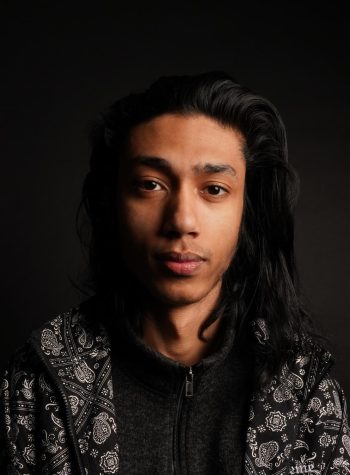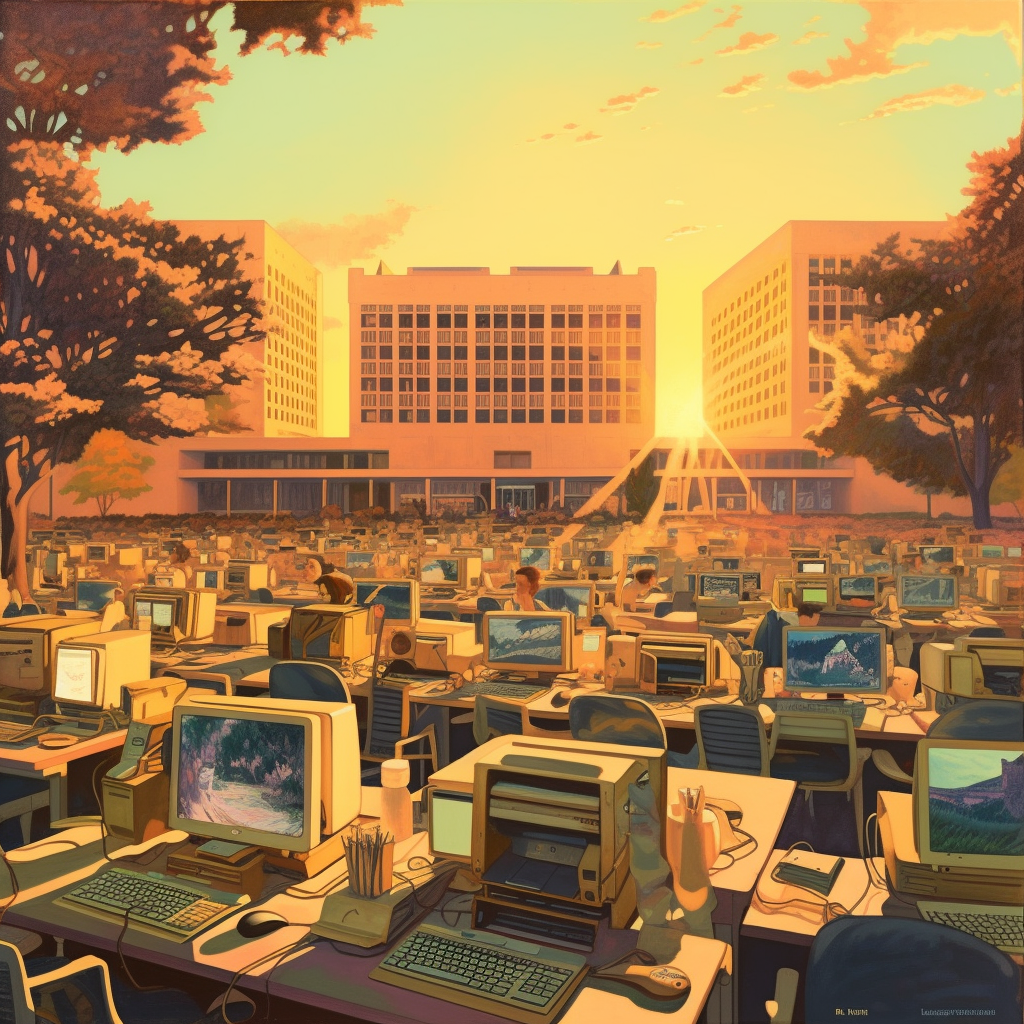



Images depicting events that didn’t really happen have gone viral on the Internet in recent weeks.
May 8, 2023
Artificial intelligence-generated images have gone viral on social media platforms over the past few weeks.
Images depicting Donald Trump’s arrest, Vladimir Putin’s arrest and Pope Francis in a puffer jacket caused media frenzies on websites such as Twitter and Instagram. Most people were unaware of being fooled by AI-generated fake events.
The photos of Trump getting arrested circulated quickly across the internet due to recent claims that his arrest was imminent, however, the former president had not been indicted yet at the time. The Pope is another prominent figure whose AI-generated images wearing a puffer jacket spread like wildfire on social media. Both of these images were generated using Midjourney, an AI text-to-image generator that has become increasingly more accessible online.
Melissa Camacho, a BECA professor at SF State, says that most people aren’t informed enough to be able to recognize aspects of manipulated media.
“Media literacy isn’t offered in schools at an early age, and people often do not have the tools necessary to understand what the information they are reading, listening to, and looking at via social media and other distribution platforms,” Camacho said.
Over the past year, programs like ChatGPT and Midjourney have divided individual’s opinions online on its ethics and authenticity due to their ability to generate content using large databases of sources and uncredited work as references, through written prompts that users come up with.
Franco St. John-Silva, an incoming freshman at SF State, says he couldn’t determine if the images were fake or not.
“If I just saw that one online I wouldn’t know [that it’s fake], I wouldn’t necessarily assume it was real but depending on the context that it was presented in I might,” John-Silva said. “It depends on if there was an article attached to it that seemed real, I would probably be more likely to think it was.”
One of the biggest contributing factors to the extent these images went viral on social media is Gen Z users’, many of whom are students, fascination with the images’ likeness and meme potential. Internet culture over the past decade has showcased many instances when a major event in society is “memed on”, a popular phenomenon among Gen Z who use humor from memes to take away from the severity of the situation.
At first glance the images look like real depictions, however, there are several identifiers that indicate they were generated such as the shape of the person’s fingers, how many fingers they have and the overall blurriness of the image. These indicators are part of the comedic element which makes it meme material for users online.
Jordan Abarca, a first-year student at SF State, says content like that can fool people online and platforms should flag such content as AI-generated.
“I knew [about the generated images], but I know since they’re really realistic, there’s a lot of people that would fall for them,” Abarca said. “I think they [social media platforms] should definitely advertise and let viewers know it’s AI-generated because I think it’s harmful to viewers.”
According to Camacho, media literacy should be taught in schools and is important for understanding visual elements that distinguish deep fakes and AI-generated images from real media.
“Ultimately, the goal is to ensure that we begin teaching media literacy in primary school so that people have an understanding of what media is, how it works, who is producing it, and its purpose,” she said. “They also learn how to recognize the nuances that indicate when media is created (deep fakes) or AI-generated.”

